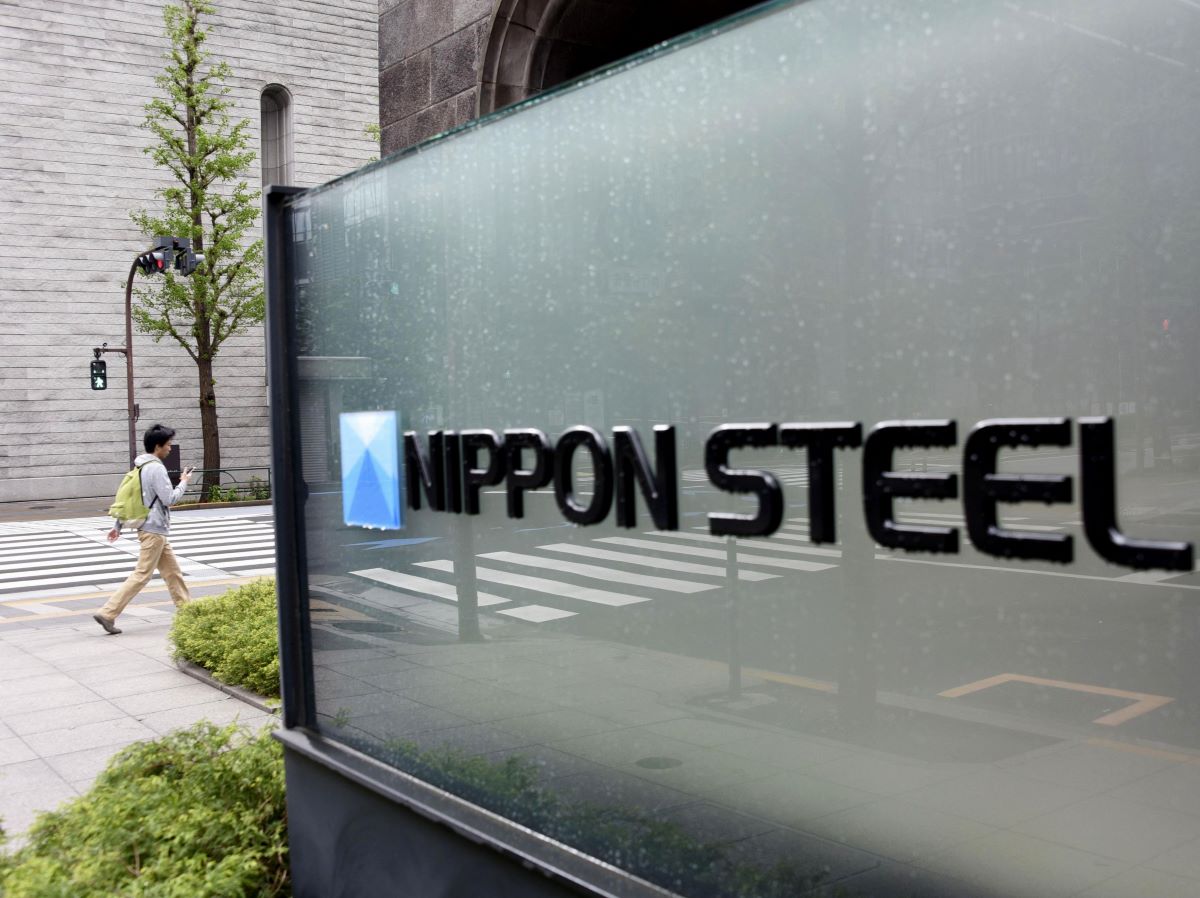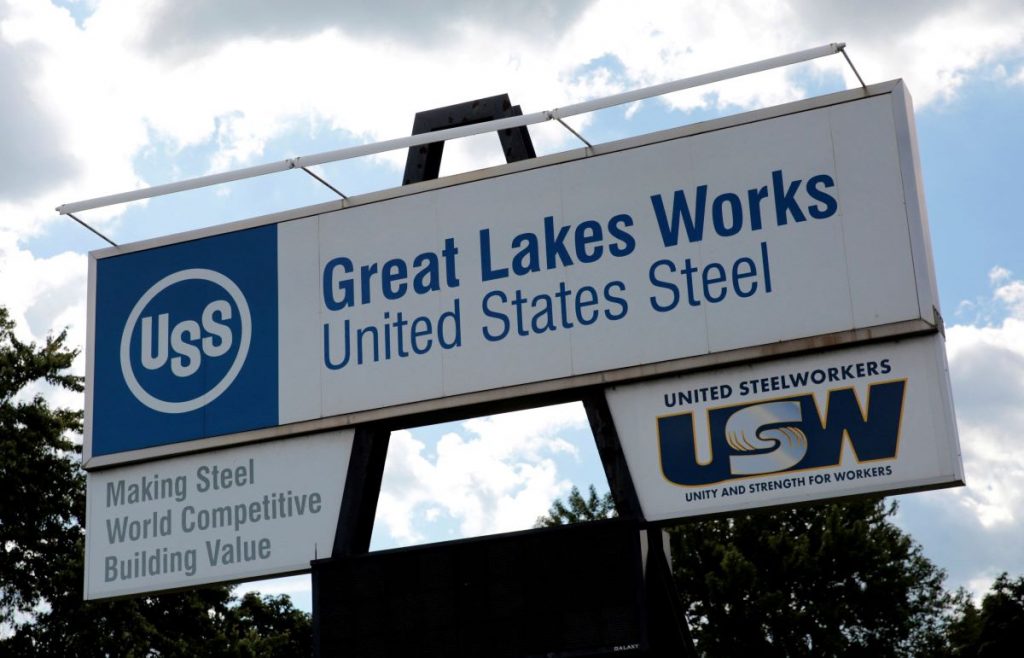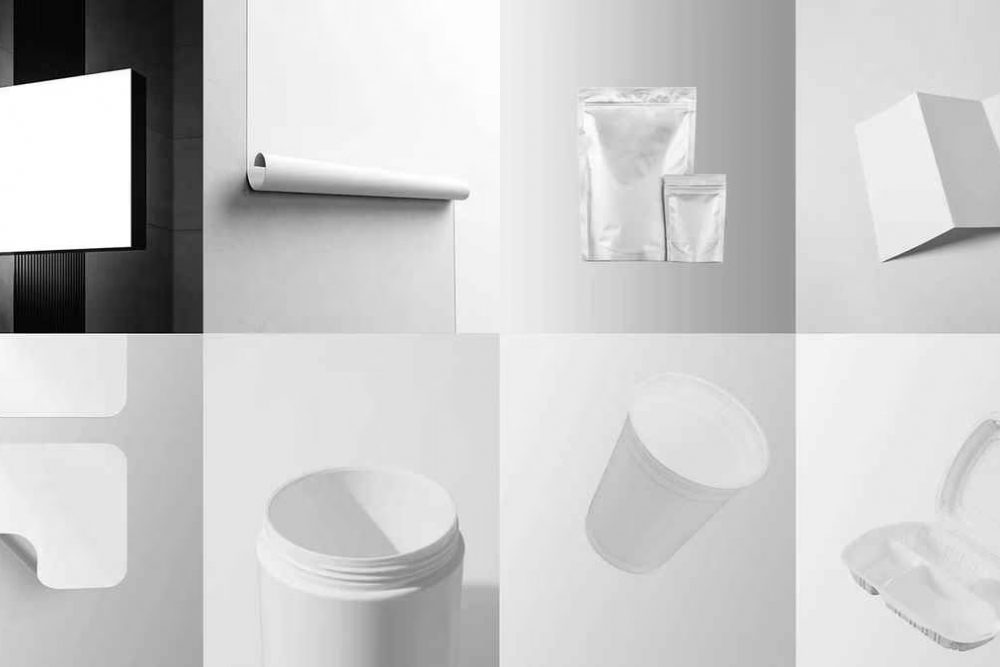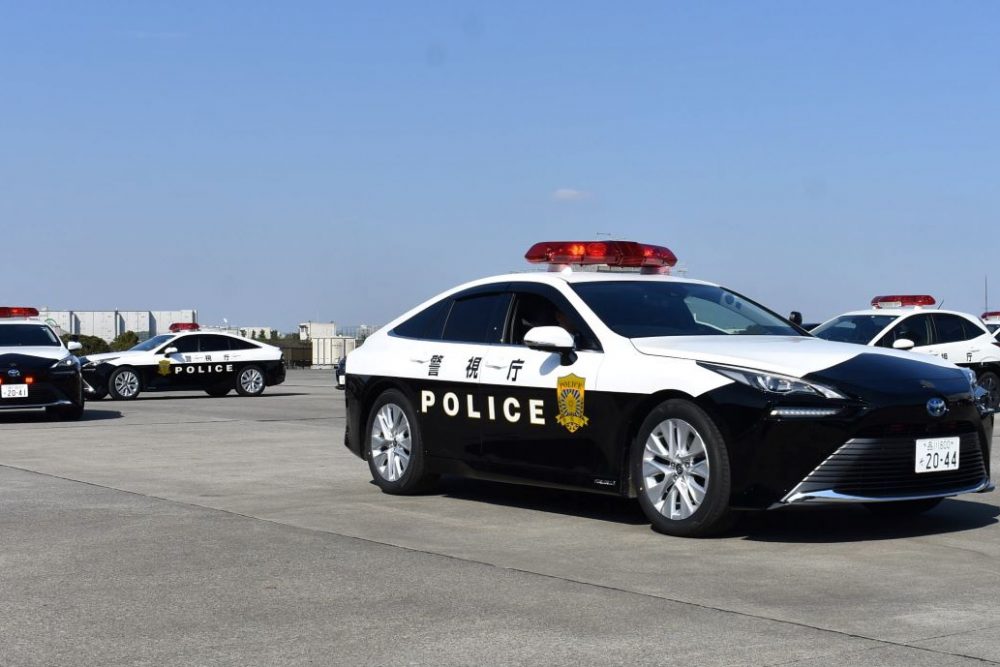Nippon Steel's US Steel Acquisition Could Shape Decarbonization in the Industry
Nippon Steel and US Steel's mutual commitment to carbon neutrality bode well for the future decarbonization of the global steel industry.

In December, Nippon Steel Corp (NSC) announced the acquisition of the US Steel Corporation. What is behind the move of Japan's biggest steelmaker, and what are the implications for decarbonization? An overview follows.
Movements in the Global Steel Industry
Global steel demand is expected to increase due to population growth and economic development. Other factors include increasing demand for automobiles, infrastructure, and electronic and electrical goods.
World Crude Steel Production in 2022 (million tons)
| Global total | 1,887.87 |
| China | 1,017.95 |
| India | 125.37 |
| Japan | 89.22 |
| US | 80.53 |
| Russia | 71.74 |
| South Korea | 65.84 |
Furthermore, the recent outbreak of various conflicts has seen an increased demand for weapons. Steel is also used in many of these.
According to World Steel Association (WSA) statistics, global crude steel production in 2022 was 1,887.8 million tons. WSA predicted growth forecasts of +1.8% and +1.9% for 2023 and 2024, respectively.
Significance of the Merger
In March 2021, Nippon Steel Corp (NSC) announced its medium- to long-term management plan. In its strategy, the company set the goal of becoming "the best steelmaker with world-leading capabilities." The plan's four pillars are:
- Rebuilding Nippon Steel's domestic steel business and strengthening its group management.
- Promoting a global strategy to deepen and expand overseas business.
- Taking on the challenge of zero-carbon steelmaking.
- Promoting digitalization transformation strategies.
NSC's strategic goal is to achieve 100 million tons of global crude steel capacity.
In 2022, NSC produced approximately 44 million tons of crude steel. US Steel produced about 14 million tons. With their combined outputs, NSC will become the world's third-largest producer of crude steel.

The company states that its global crude steel production capacity will increase at manufacturing facilities in which it has a 30% or higher stake. It estimates that after acquiring US Steel, production capacity will increase from 66 million tons annually to 86 million tons. In addition to its bases in Japan, NSC has plants in ASEAN countries and India. However, the significance of this acquisition is that it will also allow the company to expand its integrated steelmaking operations in the US.
Production Methods in Japan
In Japan, two methods of steel production are becoming increasingly prominent. The first method is the blast furnace method, which uses iron ore as the raw material and coal-derived coke as the reducing agent.
The second is an electric arc furnace (EAF) method. It uses considerable electricity to melt down scrap metal and refine it into steel. Blast furnaces, which require large amounts of coal, generate significant CO2 emissions.
There is a caveat to promoting EAFs (which recycle scrap metal) while trying to meet global steel demands. We cannot meet annual crude steel production needs with EAFs alone. That is why iron ore will still be necessary in steelmaking.
Carbon Neutrality Commitment
The steel industry accounts for a considerable share of the world's CO2 emissions. However, in 2020, the Japanese government declared that Japan would become carbon neutral by 2050. In other words, Japan will reduce its greenhouse gas emissions to net zero.
NSC aims to strengthen its industrial competitiveness through collaboration with other Japanese steel giants. It seeks to become a world leader in developing next-generation innovative technologies to achieve carbon neutrality. Injecting hydrogen into blast furnaces will prove crucial to realize this goal. Using hydrogen generated in steel mills can reduce CO2 emissions from blast furnaces.
In addition, the company is working to develop a process of 100% hydrogen use in direct reduction. This technology substitutes coal for hydrogen to cut CO2 emissions. NSC also plans to upgrade its technology to high-grade steel production in large EAFs. With a production capacity equivalent to that of blast furnaces, this technology utilizes reduced iron.
Strengths of US Steel
Meanwhile, US Steel is the third largest producer of crude steel in the United States. The integrated steelmaker uses both blast furnaces and EAFs in its production. It has state-of-the-art EAF technology capable of producing high-grade steel.
In the US, where energy costs are low, the use of EAFs has grown to approximately 70%. US Steel is currently promoting a plan to increase its EAF capacity. Several iron ore mines in Minnesota are under US Steel ownership. This allows for a great deal of self-sufficiency at its North American production facilities and favorable production conditions.
Like NSC, US Steel is also actively investing in becoming carbon neutral. The company can manufacture value-added automotive steel sheets at multiple locations in the US and aims to expand its global business. In this respect, US Steel and NSC share a high degree of synergy.
US Steel was founded in 1901. Since the 1970s, however, its competitiveness has declined. As a consequence, the company has repeatedly restructured and replaced assets. In August 2023, the company announced it was considering a management strategy that included a possible sale to a third party. While several companies offered to buy out the company, management accepted NSC's proposal. NSC has been operating in the US since the 1980s.
Both companies will move forward by combining their world-class technological capabilities and products with a commitment to carbon neutrality. This is the future NSC envisions for the two companies.
This is an excerpt from an article first published on JAPAN Forward on January 16, 2024.
Click here to read the article in Japanese.











